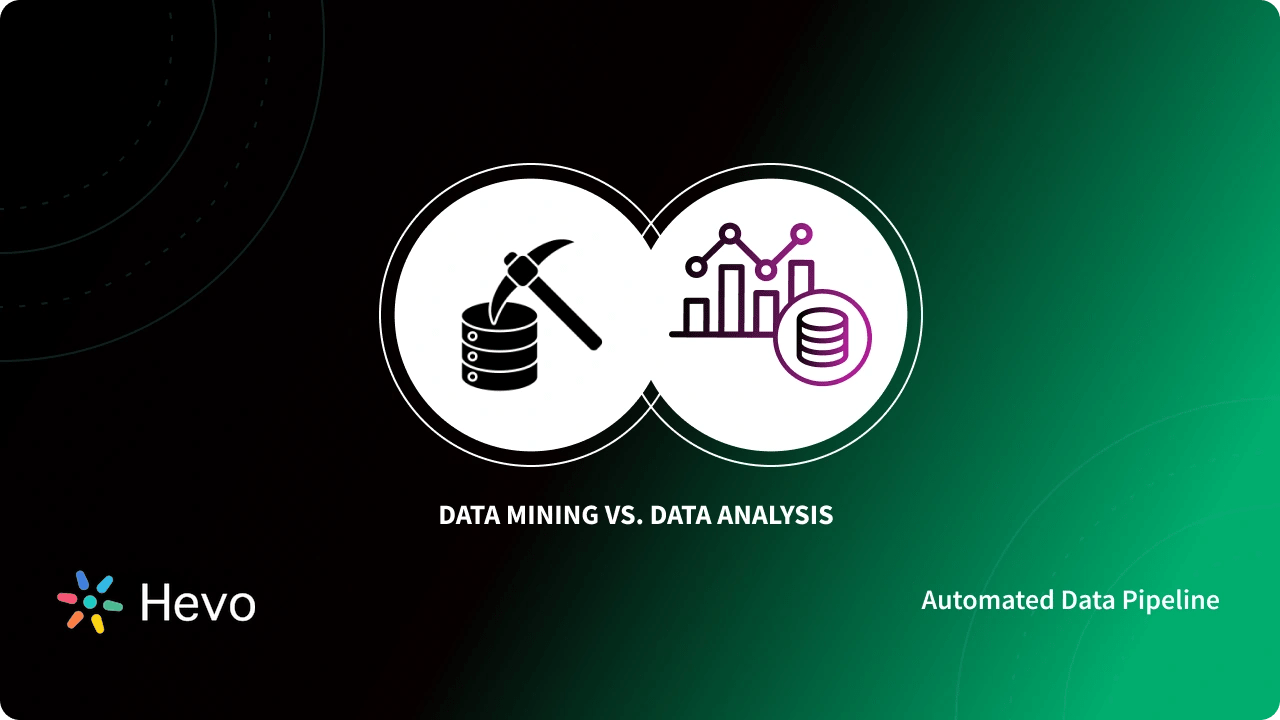Data mining and analysis sets the stage for this enthralling narrative, offering readers a glimpse into a story that is rich in detail and brimming with originality from the outset. This process involves extracting meaningful patterns from vast datasets, a capability that has become increasingly crucial across diverse fields such as healthcare, finance, and marketing. As we explore the historical evolution of data mining techniques, the interplay between big data and analytics becomes evident, showcasing how advancements in technology have transformed raw data into actionable intelligence.
Introduction to Data Mining
Data mining is the process of discovering patterns, correlations, and insights from large sets of data through the use of methods at the intersection of machine learning, statistics, and database systems. It plays a crucial role in various fields, including business, healthcare, and finance, helping organizations make data-driven decisions. As the volume of data generated increases, the significance of data mining becomes even more pronounced.
Historically, data mining techniques have evolved from simple statistical analyses and database querying to more sophisticated algorithms powered by artificial intelligence and machine learning. The development of the internet and the proliferation of digital data have further accelerated this evolution. Data mining is closely related to big data and analytics; while big data refers to the vast volumes of data, analytics involves interpreting that data to provide actionable insights. Thus, data mining acts as a bridge between these two domains.
Data Mining Techniques
Data mining employs various techniques to analyze data and extract valuable information. The most common techniques include:
- Clustering: This technique groups similar data points together, allowing analysts to identify patterns and structures within the data.
- Classification: Classification assigns predefined categories to data points based on their attributes, enabling predictions about future data.
- Regression: Regression analysis predicts a continuous outcome variable based on one or more predictor variables.
To illustrate clustering, consider implementing the K-means algorithm on a dataset containing customer information. This algorithm segments customers into distinct groups based on their purchasing behavior, thereby enabling targeted marketing strategies.
A crucial distinction within data mining techniques is between supervised and unsupervised learning. Supervised learning uses labeled data to train models, while unsupervised learning analyzes unlabelled data to find hidden patterns. This difference is essential for selecting the appropriate method for a given analysis task.
Data Preprocessing

Data preprocessing is a vital step in data mining, as it ensures the quality and suitability of the data for analysis. It involves several steps:
- Data Cleaning: This includes removing duplicates, correcting errors, and standardizing formats to ensure reliability.
- Data Transformation: Transforming data into suitable formats through normalization or aggregation enhances its usability.
- Handling Missing Data: Imputation methods or removal of missing values are used to address gaps in datasets.
- Outlier Treatment: Identifying and managing outliers can prevent skewed results and improve model accuracy.
These preprocessing techniques are significant as they directly influence the outcomes of data mining processes, ensuring that analysis yields accurate and relevant results.
Tools and Technologies for Data Mining, Data mining and analysis
A variety of tools and software have emerged to facilitate data mining and analysis. Some of the most popular include:
- R: A programming language and software environment for statistical computing and graphics.
- Python: Widely used for data analysis due to its simplicity and rich ecosystem of libraries like pandas and scikit-learn.
- Weka: A collection of machine learning algorithms for data mining tasks, implemented in Java.
When comparing open-source versus proprietary tools, open-source solutions like R and Python offer flexibility and cost-effectiveness, while proprietary tools often provide comprehensive support and user-friendly interfaces. Additionally, cloud computing plays a crucial role in data mining implementations, allowing scalable storage and processing capabilities, which are essential for handling big data.
Applications of Data Mining
Data mining has a wide array of applications across various sectors, significantly enhancing decision-making processes. In healthcare, data mining is used to predict disease outbreaks and improve patient outcomes. The finance sector utilizes data mining for risk assessment and fraud detection, while marketing leverages it for customer segmentation and targeted campaigns.
Case studies illustrate successful data mining projects, such as how a retail company improved its inventory management using predictive analytics or how a healthcare provider reduced readmission rates by analyzing patient data patterns. However, ethical considerations surrounding data mining practices, particularly data privacy, must also be addressed, ensuring that organizations handle sensitive information responsibly.
Challenges in Data Mining

Data mining projects often face several challenges that can impact their success. Common challenges include the quality of data, which directly affects the reliability of results. Ensuring high-quality data involves rigorous cleaning and preprocessing techniques.
Additionally, some limitations exist within data mining algorithms, such as overfitting and scalability issues. These limitations can be mitigated through techniques like cross-validation and selecting appropriate models based on the data size and characteristics.
Future Trends in Data Mining
As technology continues to evolve, several trends are shaping the future of data mining. The integration of artificial intelligence is expected to revolutionize data mining techniques, enabling more sophisticated analyses and predictive capabilities. Furthermore, the increasing demand for real-time data mining and analysis will drive the development of more efficient algorithms and tools capable of processing vast data streams instantly.
The growing emphasis on automated data mining processes will also facilitate faster insights and reduce human error, ultimately enhancing decision-making across various sectors. As organizations increasingly recognize the value of data, the field of data mining will remain integral in extracting meaningful information from complex datasets.
Concluding Remarks: Data Mining And Analysis

In conclusion, data mining and analysis continue to evolve, driven by emerging technologies and the growing demand for real-time insights. Understanding the techniques, tools, and applications of data mining not only enhances our ability to make informed decisions but also highlights the ethical considerations that accompany the handling of sensitive information. As we look ahead, the future of data mining promises exciting prospects, paving the way for innovations that will reshape industries and improve lives.
